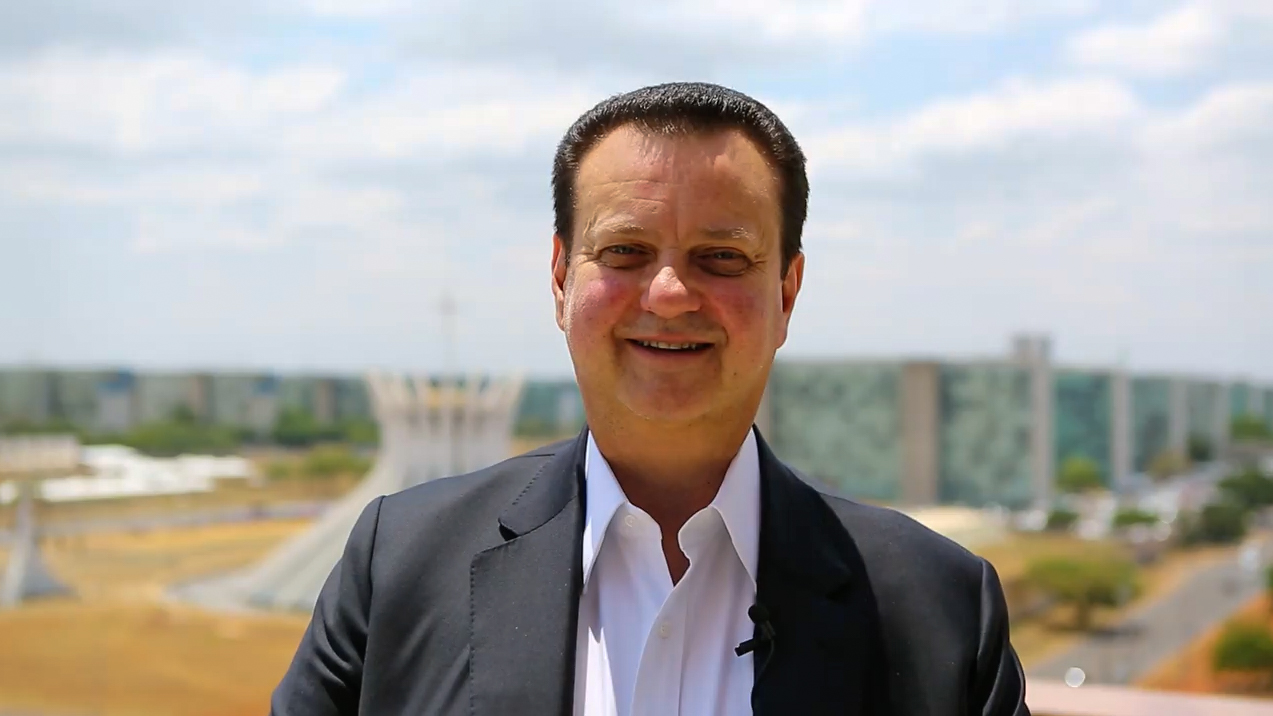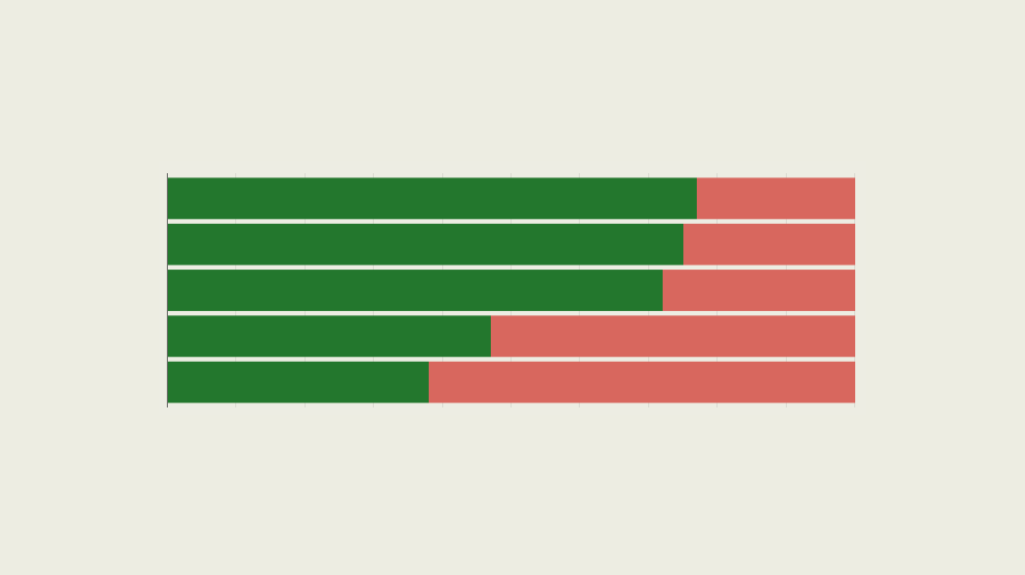Summary: Argentina's Economic Outlook
Summary: Argentina's Economic Outlook
Argentine economists discussed the country's economic policies and their impact on growth in the coming year.
Speakers:
- Daniel Artana, Chief Economist, FIEL
- Juan Luis Bour, Chief Economist, FIEL
- Fernando Navajas, Chief Economist, FIEL
- Santiago Urbiztondo, Chief Economist, FIEL
- Randy Melzi, Senior Director, Public Policy Programs and Corporate Relations, AS/COA
Summary
On April 23, AS/COA hosted chief economists from the Fundación de Investigaciones Económicas Latinoamericanas (FIEL), a leading think tank in Argentina, to discuss the current outlook and prospects for Argentina’s economy in 2013. Each panelist focused his presentation on a different aspect of the Argentine economy. Juan Luis Bour looked at the economic slowdown, inflation, and nominal anchors over the past five years. Santiago Urbiztondo discussed the costs and consequences of public utility regulation in the Argentine economy, and Daniel Artana highlighted fiscal policies and perspectives for the future.
[[nid:49514]]
Argentina’s Economic Outlook: Slowdown, Inflation, and Nominal Anchors
Bour argued that in recent years, economic growth in Argentina has been volatile. Over the past five years, the financial and service sectors maintained an average growth rate of 10 to 11 percent, while the agricultural, construction, and manufacturing sectors grew little. Bour attributed the unimpressive overall results to the government’s decision to restrict foreign exchange rate operations and to use nominal anchors, such as devaluation and wages, as a means to recovery. He argued that these policies cause stagnation in the growth of real wages, and also stifle employment and private consumption. The FIEL team projects a 1 percent growth rate for Argentina in 2013 and believes it is likely that the economic situation could cause labor conflicts in the second half of this year, particularly in vulnerable sectors like construction.
Argentina: The True Cost of Public Utilities Regulations
Urbiztondo discussed the Argentine government’s post-2002 regulatory paradigm, which he called Argentina’s “command and control” discretionary policies. He argued that the regulatory policies prevent competition through unilateral decision-making, which has been extended through emergency law. Despite high inflation, tariffs have been kept at artificially low levels and regulated prices have remained frozen, while subsidies have increased. According to Urbiztondo, all this hurts incentives and attempts to achieve efficiency.
Growth in subsidies since 2005 “has been explosive,” said Urbiztondo, reaching over 4 percent of GDP. The growth in subsidies, however, has been matched by an increase in inefficiency and a decrease in quality, he noted. Despite lower tariffs than in 2003, the total cost per user is now substantially higher. Urbiztondo asserted that “[Argentina] is characterized by more expensive and worse services than a decade ago.” Without a balanced diagnosis of the true costs of the current regulatory policy, the FIEL team believes that no true sustainable solution is feasible.
Fiscal Policy and Commodities
Artana focused on the commodity boom—or a “bonus from abroad”—that Argentina has enjoyed. This boom, he argued, resulted from higher export prices relative to import prices for goods like soybeans and wheat. According to FIEL statistics, external conditions are more favorable for Argentina than they have been in the past 40 years.
Governments tend to manage this “bonus” in their fiscal accounts by running a surplus. Argentina, however, is currently running a deficit of 4.5 percent of GDP. Although the debt is relatively low in normal terms, it serves as a sign that the Argentine government has not been as prudent as it should have been with the revenue, said Artana. He argued that the regulatory policies currently in place are unsustainable. Because of the current global commodity market, Argentina should be enjoying a more favorable fiscal position. According to Artana, Argentina’s three main challenges today include the fiscal deficit, an unsustainable current account, and being expensive in dollar terms. Despite export pricing and the boom in Brazil, investment is not going to be very attractive in Argentina, said Artana.
Contextualizing the Argentine Case: Long-Term Perspective and Challenges for the Future
Panelists contextualized the case of Argentina within a South American perspective. Chile, Colombia, and Peru are expected to grow in the medium-term. These countries have better regulation than Argentina, and are expected to do well in terms of productivity and investment, they noted. The economists project that these three economies may grow 5 or 6 percent this year. Brazil and Mexico, on the other hand, have relatively low ratios of investment. Both countries improved in terms of microeconomic behavior and have low inflation. The team questioned, however, whether Mexico will be able to push the new administration’s agenda to increase productivity. Brazil, they argued, is expected to have a rate of growth of approximately 3 to 3.5 percent in real terms, but it also has extensive government participation in the economy, which prevents higher levels of productivity. According to the FIEL team, Argentina is more similar to the cases of Brazil and Mexico. It has the greatest amount of state participation in the economy of any country in the region, they said. It also has high taxes, which are spent on pensions and wages rather than infrastructure. In addition, the current government reversed many economic reforms. The economists expressed concern that Argentina’s future performance will predominantly depend on luck.








